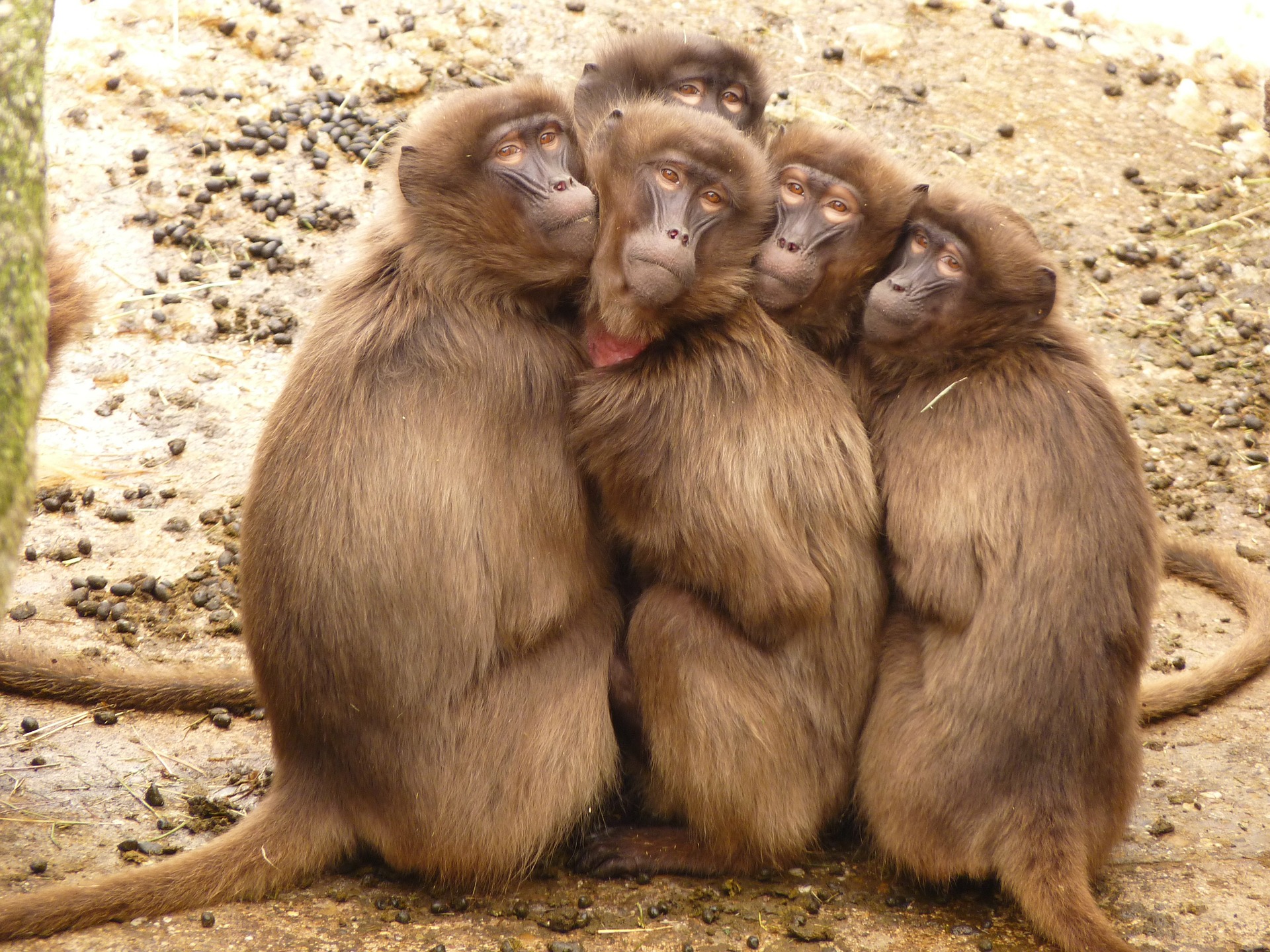Methods of animal research
 Animal research is not a research method. When we discuss animal research, we are simply identifying the sample that is used. All of the research methods that we use to study humans can be used to study animals.
Animal research is not a research method. When we discuss animal research, we are simply identifying the sample that is used. All of the research methods that we use to study humans can be used to study animals.
Psychologists often use experiments to study behaviour. Unlike in human experimentation, animal experimentation is often invasive – that is, it involves injecting drugs, removing part of the brain, or causing other permanent harm to the animal with the goal of establishing a cause and effect relationship. In the study of the brain, Hetherington and Ranson (1942) lesioned the ventromedial hypothalamus [VMH] in order to see the role of this part of the brain on eating behaviour. The researchers found that the rats increased their food intake dramatically, and often doubled their weight. This led researchers to believe that the hypothalamus acted as a brake on eating. Later research showed that since lesioning can be imprecise, the actual part of the brain that was responsible for overeating was not the VMH.
Another study that used animals was Rosenzweig, Bennet & Diamond's (1972) study on the role of environmental stimuli on brain plasticity. As the study was highly controlled, the researchers argued that there was a cause-and-effect relationship between stimuli and brain development. However, in order to actually measure the effect, the researchers had to kill the animals and then measure the density of the brains.
Not all experiments in psychology use mice. Even closer to us genetically than mice, primates have been used in several studies. The following study is one of the classic studies in the psychology of stress.
Research in psychology: Brady (1958)
Brady wanted to study the effect of stress on business executives. In this experiment, monkeys were allocated to one of two conditions – either the “executive monkey” or the “yoked monkey.” Both monkeys would receive an electric shock every 20 seconds for six hours at a time over a three-week period. The executive monkey could pull a lever to stop the shock, but the yoked monkey, which was restrained in the cage, could not.
The results were that the executive monkeys developed ulcers and eventually died. The yoked monkeys showed no negative health effects. Brady concluded that high levels of stomach acid as the result of stress led to ulcers and the eventual death of the animal.
This study seemed to explain why some high-stress positions have problems with ulcers. However, this study has been highly criticized. First, the monkeys were not randomly allocated to conditions. The monkey that learned to pull the level faster was then given the position of the “executive.” In addition, the study is highly unethical. But most importantly, the study lacks external validity. It assumes that being in charge is more stressful than not being in control of one’s environment. Research in health psychology shows that those lower down the social hierarchy, people who often do not get to make the decisions, tend to have higher levels of heart disease and other health problems.
Later research (Warren & Marshall, 1983) showed that humans develop ulcers from bacteria, not from stress alone. Stress lowers one’s immune system. This, in turn, increases the level of bacteria in the stomach – which then eats through the stomach lining, leading to ulcers. Regardless of one’s level of stress, if you don’t have the bacteria, you won’t develop ulcers.
Not all research in psychology is experimental. There have been many case studies of primate communities with the goal of understanding social hierarchies and stress. Perhaps the most famous case study of this type was carried out by Robert Sapolsky. In this case study, Sapolsky used observations, physiological tests, and experiments in a troop of baboons in order to find the role of one’s place in the hierarchy on cardiovascular health. Sapolsky’s research was longitudinal and naturalistic. The baboons were observed over a period of 25 years in their natural habitat in Western Kenya.
Sapolsky’s research showed the long-term effects of the hormones adrenaline and cortisol. His findings showed that long-term exposure to stress, determined by being at the bottom of the baboon social hierarchy, leads to higher levels of glucocorticoids (such as cortisol), which results in higher levels of heart disease, lower rates of fertility, and lower life expectancy.
Shively & Day (2015) carried out a longitudinal case study on the health of female macaque monkeys. They found that those lower in the hierarchy suffered from twice the level of atherosclerosis – a plaque that builds up on the walls of the arteries – than higher-ranking monkeys. Atherosclerosis is the usual cause of heart attacks, strokes, and cardiovascular disease.
As these studies were naturalistic and the animals were not manipulated in any way, the research is not only ecologically valid but also ethical. This research has helped us to understand the role of stress on human health without causing undue stress or harm to the animals that were being studied.

 IB Docs (2) Team
IB Docs (2) Team
